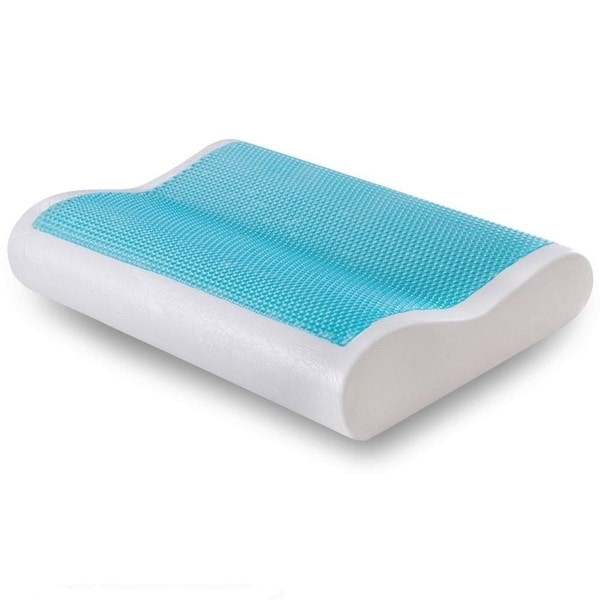

These days, there’s a lot more variety, with memory foam fill primarily available in one of two “formats”: solid or shredded - and cross-cut, which is a version of shredded. (The difference is that the process of cross-cutting the foam instead of shredding it creates more consistently sized chunks of foam, which can create a more consistent feel.) Solid memory foam pillows are firmer and typically perforated for ventilation they’ll provide consistent contoured support and don’t need to be readjusted or fluffed. In the past, almost all memory foam pillows were made of a single, solid piece of foam that was designed to conform and contour to your head and neck. If you already know what kind of memory-foam pillow you’re looking for, use the table of contents to jump ahead, or read on for what to look for as you shop. I talked to Foley and four other experts about the memory-foam pillows they recommend, and as the Strategist writer tasked with covering the sleep beat, I also tested many myself. Available in different densities, firmness levels, and shapes, memory-foam pillows are comfy and supportive, and though they typically run on the warmer side, if you are a hot sleeper, some memory-foam pillows can be cooling too. Unlike some other pillow fills, memory foam is dynamic and unique because it can be shredded, solid, gel-infused, and mixed with other fill types - making it adaptable to serve a variety of sleep needs. The goal is a “balance of support and pressure relief,” explains Logan Foley, a sleep-science coach and the managing editor at. Memory foam is known for being supremely responsive and durable, and it can help side sleepers, back sleepers, and stomach sleepers alike achieve the ideal head, neck, and spine alignment that’s key to healthy sleep. Whether you’re Team Firm and Supportive, Team Fluffy and Soft, or Team Somewhere in Between when it comes to pillows, there’s a memory-foam option for you.


 0 kommentar(er)
0 kommentar(er)
